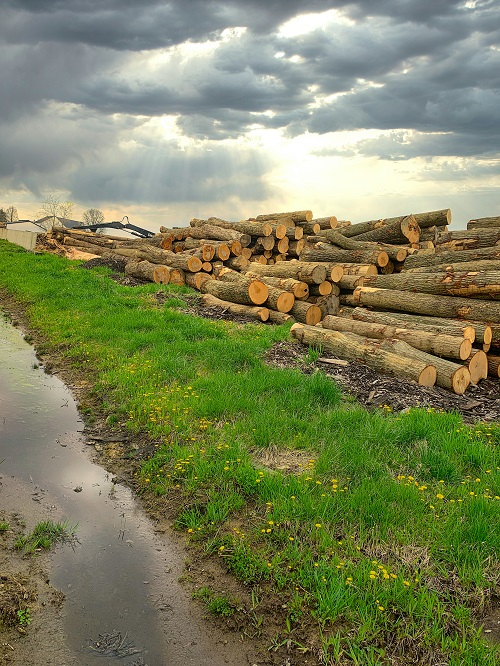Timber Yard Business

Type: Trading.
Key Products for Sale: High-quality timber, firewood, and sawdust.
Technology Considerations: Utilize technology for inventory management and customer communication.
Market for the Products: Construction companies, furniture manufacturers, homeowners, artisans.
Key Inputs into the business:
- Timber logs from reliable suppliers.
- Logging equipment (power saws, sharpening tools, measuring tape).
- Business licenses and permits.
- Premises for storing and displaying timber.
- Transportation for moving timber from suppliers to the yard.
Product Preparation Process:
- Source timber logs from reliable suppliers.
- Cut and process timber to required sizes using logging equipment.
- Store timber in designated areas of the yard.
- Offer additional products like firewood and sawdust derived from processing timber.
Quality Considerations: Provide high-quality timber sourced from reputable suppliers. Ensure all timber meets safety and regulatory standards.
Cost of Investment:
- Timber logs and processing equipment: Ksh 100,000 – Ksh 800,000. Cost varies depending on quality, quantity, and size.
- Business licensing and permits: Ksh 6,000 – Ksh 10,000. This cost includes fire and safety and county business permit which also depends on location.
- Transportation: Ksh 20,000 – Ksh 50,000.
- Rent for premises: Ksh 30,000 – Ksh 100,000 per month. Depending on the size of the shop.
Required Operational Infrastructure:
- Timber storage area.
- Processing equipment.
- Office space for administrative tasks.
- Transportation vehicles or arrangements.
Most Suitable or Viable Location of the Business:
- Near construction sites or furniture manufacturing hubs.
- Easily accessible to customers and suppliers.
- Located in areas with high demand for timber products.
Potential Sources of Investment Capital:
- Personal savings.
- Bank loans or financing.
- Angel investors or venture capitalists.
Requirements for Effective Management:
- Skilled personnel for timber processing.
- Efficient inventory management systems.
- Customer service-oriented approach.
Role of Mobile Phone and ICT in the Business:
- Use mobile phones for communication with suppliers and customers.
- Implement ICT solutions for inventory tracking and management.
Statutory Regulations and Licenses:
- Obtain necessary business licenses and permits from County Government offices.
- Comply with Kenya Forest Services regulations for timber sourcing.
- In the event they want to also do logging then for one to engage in logging, you might require a Forest Logging and Timber Utilization license issued by the Kenya Forest Service (KFS).
- Ensure you have a road license for the transport of the timber.
- Given the environmental implications of lumbering, an EIA (Environmental Imp license is issued by the National Environmental Management Authority (NEMA) and ensures that your operations adhere to the Environmental Standards and Regulations Act Assessment) license is also important.
Pricing:
- Competitive pricing based on market rates and quality of timber.
- Consider offering discounts for bulk purchases or long-term contracts.
Profitability:
- With reliable supply and efficient operations, the timber business can be highly profitable.
- Additional revenue streams from selling firewood and sawdust.
Next Steps to Take:
- Secure necessary licenses and permits.
- Source reliable timber suppliers and logging equipment.
- Establish premises for the timber yard.
- Develop marketing strategies to attract customers.
- Implement efficient inventory management systems.
- Provide excellent customer service to build a loyal customer base.
- Continuously assess and adapt business strategies to remain competitive.

